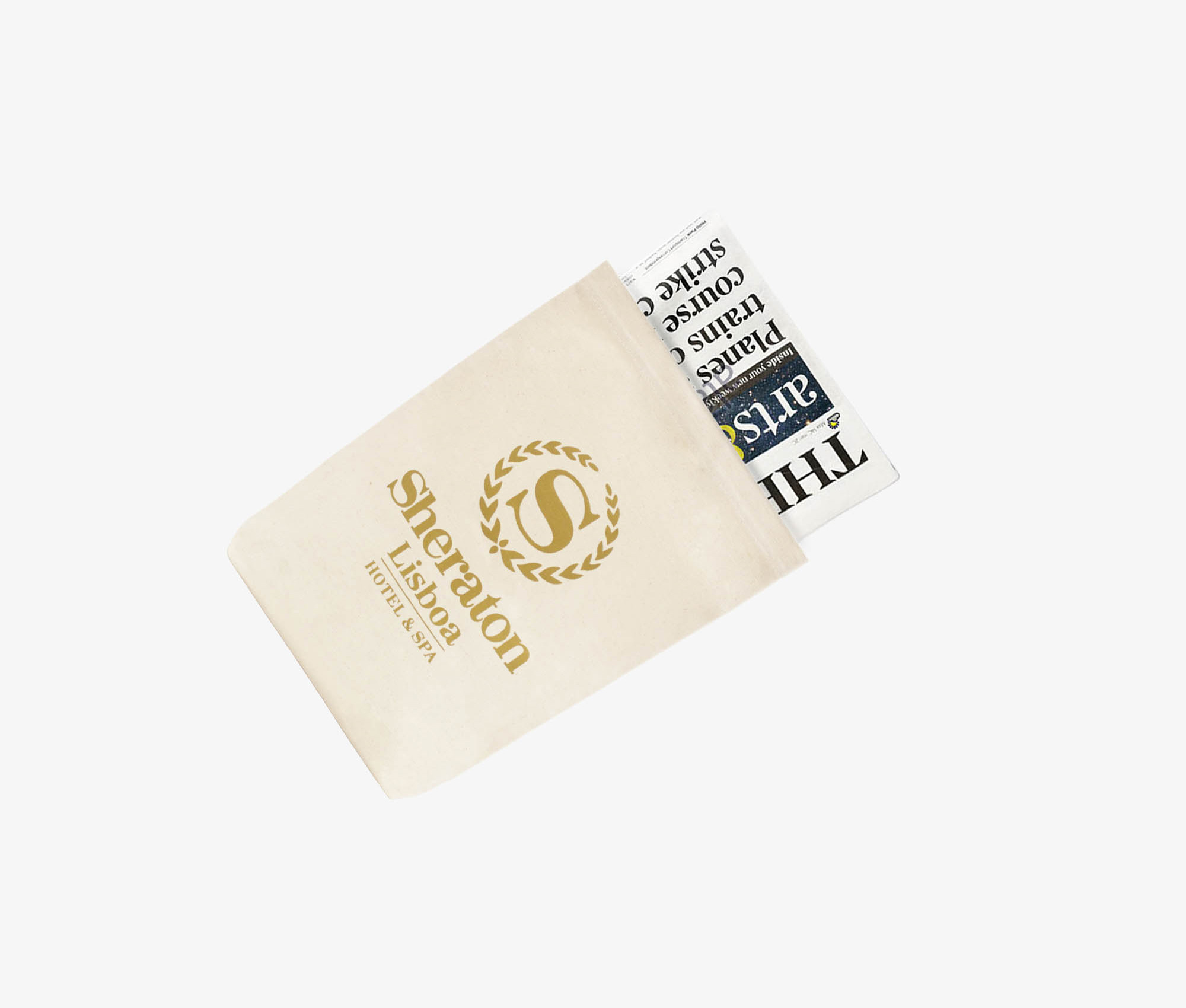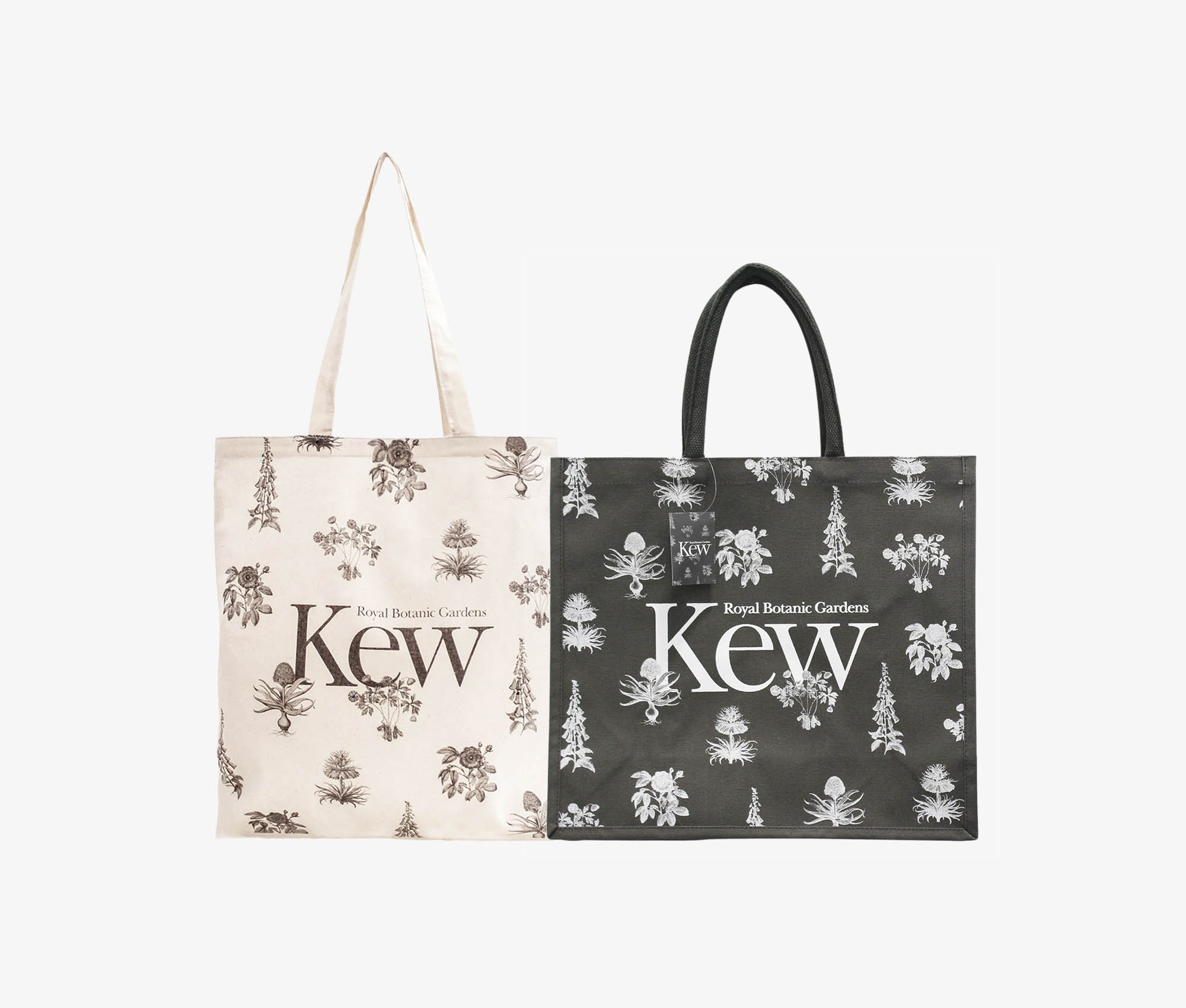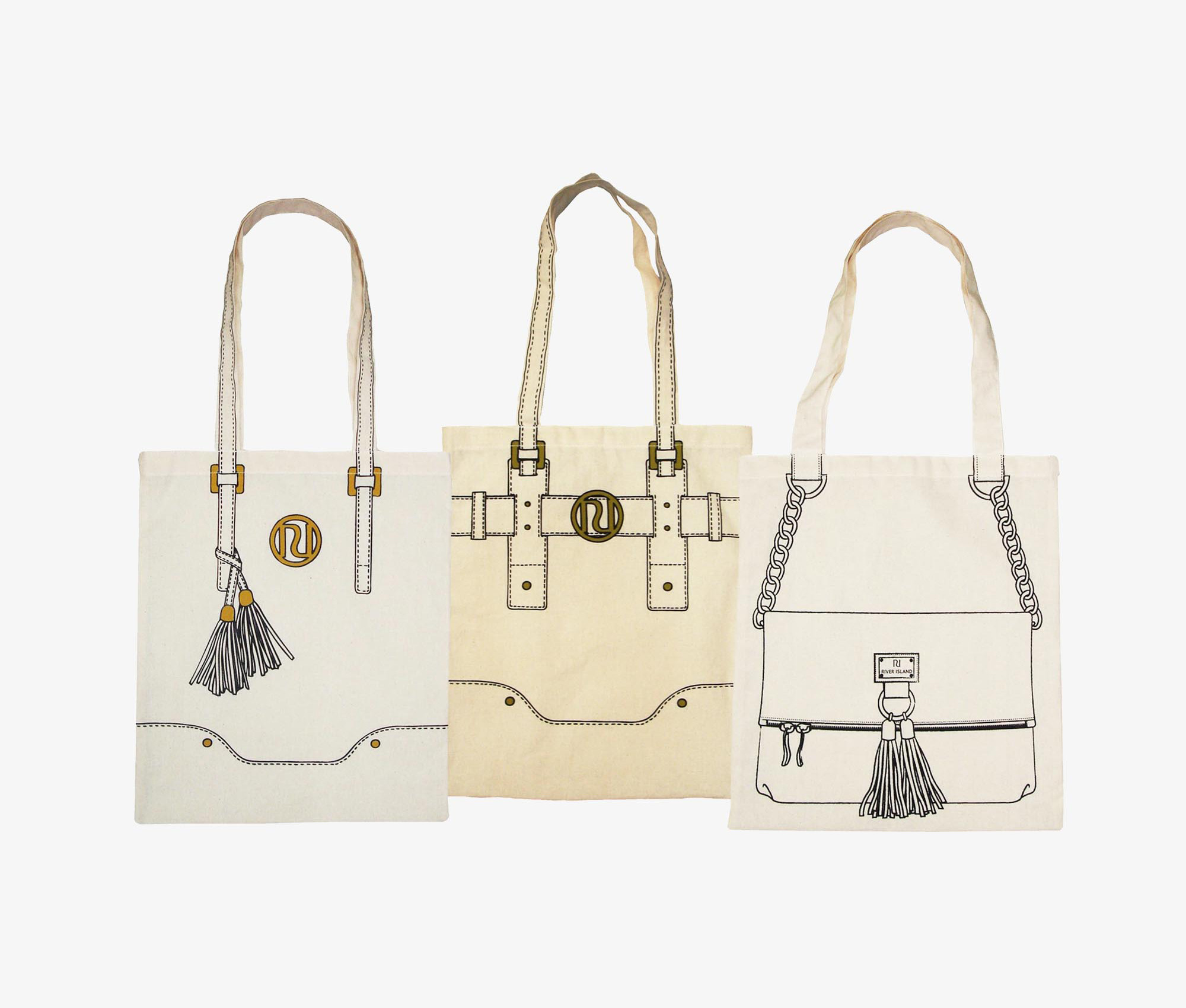Natural
cotton
Cotton plants are native to tropical and subtropical regions all around the world and are harvested roughly 160 days after being planted. The fabric is derived from the fibres surrounding the seeds of cotton plants which emerge in a round, fluffy formation once the seeds are mature.
The cotton we use is from India where it has been native to the subcontinent for over 7,000 years.

Types
of cotton

The standard cotton we use is grown primarily in India. Most of it is grown under the Better Cotton Initiative (BCI) program which is one of the largest programs in the world to ensure that sustainability is at the heart of the entire cotton production. Our Oeko-Tex fabric ensures that it is free from any hazardous chemicals.

Organic cotton is grown without the use of toxic pesticides and synthetic fertilizers, ensuring that it has a low impact on the environment. The whole chain is audited and certified to ensure that it meets the Global Organic Textile Standard (GOTS) or the OE100 standard. Organic Transaction certificates are issued to confirm authenticity.

Fairtrade encourages sustainable cotton production by providing a fair economic benefit to the cotton farmers by ensuring a guaranteed minimum Fairtrade price for their cotton. This type of cotton is certified by the Fairtrade organization who ensure that fair practices are in place from seed to product.

Recycled cotton encourages sustainability by using pre-consumer waste such as cutting scraps. This converts cotton waste into cotton fiber which is then converted into new fabric. It is also known as regenerated or reclaimed cotton. This type of cotton is typically certified by the Global Recycling Standard (GRS).

From field,
to fabric
The process in which cotton is transformed from a fibre into the products that we make takes place over three steps. First, a cotton gin is used to separate the cotton fluff from the plant seed then spinning machines (which were invented during the Industrial Revolution) are used to spin the cotton fibres into yarn at a fast rate. Finally, the cotton thread is woven with a loom to create the fabrics that we use today.
The fabric is naturally Ecru in colour due to some of the seeds getting crushed into the cotton and is typically referred to as grey fabric in the industry. This grey fabric can then be used as it is or can be bleached (RFD Fabric), dyed (to Pantone colours) and given the appropriate finish as required.
Why we use cotton
Our
cotton products
Learn
a little more
Often the specific care advice will vary between each product so it is important to read the label but there is a general consensus that handwashing is always best.
However, if you are using a washing machine, put it on a gentle cycle with cold water (30°C or below) and eco-friendly detergent. This will prevent shrinking and colour fading.
Cotton can be air-dried or machine dried as long as a moderate to low heat is used.
The metric measurement for the weight of cotton is GSM which is Grams per Square Metre or the imperial measurement would be OZ which is Ounce per Square Yard. The most popular cotton weights are:
90gsm
Typically tends to be muslin fabric which is very light weight and hence has also got very little strength.
110gsm
Light weight cotton which is typically used as lining or for cheaper price focussed products.
150gsm
The most popular weight of cotton used as it provides the flexibility as well as as the strength needed to make many products. This weight of cotton is widely produced making it the most cost-effective option.
180gsm
This is heavier cotton where the product needs to look more premium than a regular one.
The Pantone colour system is used to typically state the colour to which the fabric is dyed, usually TCX or Solid Coated Pantone references.
The cost of dyed fabric is higher as apart from the extra processing costs, the fabric does shrink considerably resulting in increased cost. All dyeing factories also need to follow very strict regulations in ensuring that no hazardous chemicals reach the natural water system. This is done by having an ETP water treatment system.
Fibre-Reactive Dyes
Fibre-reactive dyes form strong covalent bonds with cellulosic fibres, which result in good wash fastness. Reactive dyes are subject to hydrolysis, which is the chemical reaction of the dye with the water. Hydrolysis must be controlled for dye optimisation. A wide range of reactive dye chemistries is available, resulting in a range of performance attributes.
Direct Dyes
Direct dyes also are commonly used for cotton. Direct dyes are easy to apply, so dye cycles tend to be short and economical, and a wide range of colours can be applied. However, direct dyes have limited brightness and poor chlorine fastness, and they require after-treatments to achieve adequate wash fastness. Because direct dyes are attached to cotton fibre by weak forces, they are very sensitive to temperature during the dyeing process. Direct dyes are especially useful for pastel shades and lightfastness.
Vat Dyes
Vat dyes have no initial affinity for cotton and need to be changed chemically (“reduced”) to make them soluble and able to adsorb to and diffuse into the fibre. Once inside the fibre, vat dyes are oxidised back into an insoluble form. In contrast to direct dyes, vat dyes produce good wash fastness.
Sulphur Dyes
Sulphur dyes are similar to vat dyes in that they have to be made soluble before they can be applied. Compared with vat dyes, they are easier to reduce but harder to oxidise. Sulphur dyes tend to be inexpensive, but are sensitive to chlorine and are subject to colour loss with abrasion, which leads to poor crock fastness. Lightfastness is poor for the light shades but good for the darker shades. Sulphur dyes are widely used for navy blue and dull green shades and are the industry standard for black.
Pigments
Pigments are totally insoluble in water, show no affinity to any fibre, and do not penetrate the fibre. They are used to apply colour to the surface of a fabric or garment, typically by printing. Pigments must be applied with a binder; however, too much binder can ruin the feel or hand of the fabric. Pigments allow for the production of intense fluorescent colours. Fabrics coloured with pigments have good lightfastness and are not sensitive to chlorine.
Cotton fabrics can probably be finished in more ways than any other type of fabrics. Some finishes change the look and feel of the cotton fabric, while others add special characteristics such as durable press, water repellency, flame resistance, shrinkage control and others. Several different finishes may be applied to a single fabric.
Brushed Cotton
Is a cotton fabric that has been brushed to yield an incredibly soft texture similar to cashmere and other high-end fabric in the industry. Usually, will regular cotton is made; it is passed through a flame to get rid of the raised fibres and create a smooth surface. However, brushed cotton receives different treatment where instead of removing the raised fibres, manufacturers exaggerate them. This is done through special mechanised metal brushes that spin the fibres from the fabric’s surface.
Calendaring
Chemical Finishing
Chemical finishing techniques are available to improve function and properties:
Mercerising – cotton fibres are treated with a solution of sodium hydroxide, making them stronger, softer and more lustrous
Crease Resistance – cellulose fibres, such as cotton, crease badly and treating the fabric with a resin-based finish reduces how much the fabric creases
Shrink Resistance – to prevent wool fibres shrinking when washed they can be treated with chlorine, which removes the scales of the wool fibres that cause the shrinkage
Stain Resistance – a silicone-based spray can be used to prevent grease and dirt clinging to the fibres and is usually sprayed on after a product has been manufactured
Flame Resistance – most fibres burn and could be a potential death hazard- by law upholstery fabric has to be treated with a flame-resistant finish
Water Repellency – silicones (a tough synthetic material) are applied to a fabric’s surface to temporarily prevent water being absorbed by the fabric; PVC can coat the fabric to make it permanently water proof but doesn’t allow the skin to breathe
 Cotton can be easily branded with your artwork. Choose from a range of print techniques :
Cotton can be easily branded with your artwork. Choose from a range of print techniques :• Classic Screen Printing
• Digital Printing
• Transfer Printing
• CMYK Printing
• Tonal Printing
• Embroidery
• Foil Printing
• Glitter Printing
Cotton can be supplied in various weaves, each giving the fabric a unique finish. Take a look below at the most popular cotton fabrics:
- Standard Cotton
- Duck Canvas
- Poplin
- Cotton Twills & Drills
- Voile
- Slub/ Dobby Fabric
- Casement
- Sheeting
- Melange Cotton
We can provide cotton with various certifications such as:
- Fairtrade
- Organic Global Textile Standard (GOTS)
- Oekotex
- BSCI





















